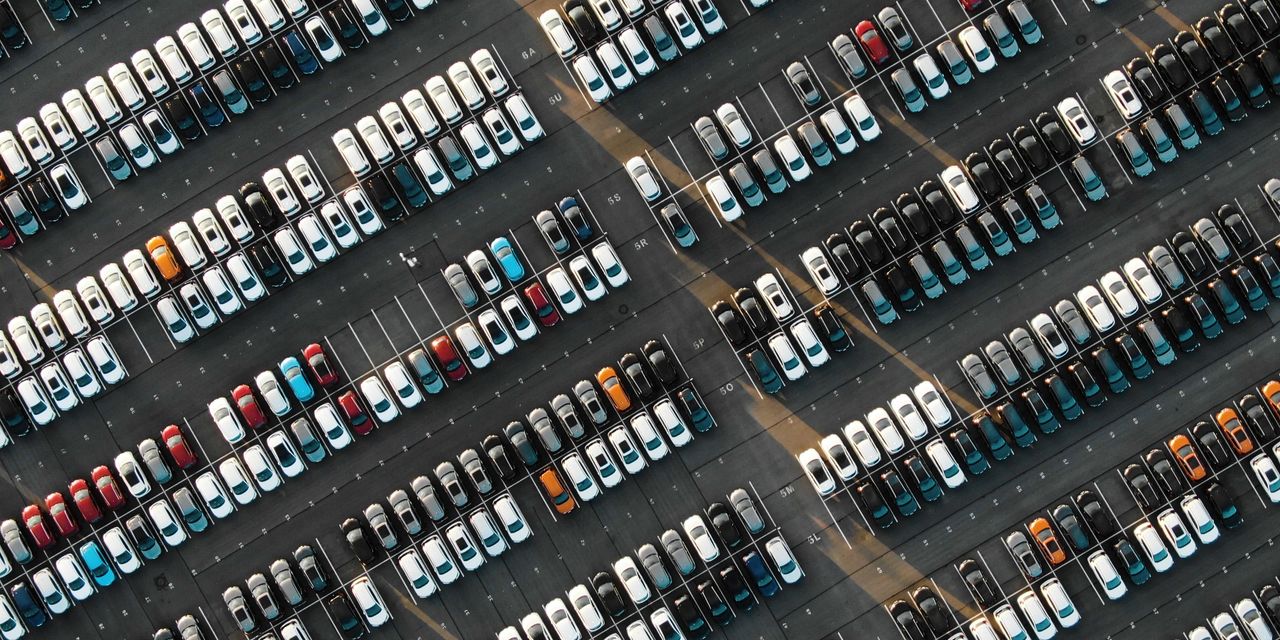New cars are more expensive than ever before by every measure. Much of the problem is simple supply and demand. Dealerships are low on new cars to sell, raising prices for the ones they have in stock. But the supply is finally beginning to catch up.
Demand – prices are skyrocketing
In raw dollars, the average new car cost $48,301 in August – a fifth straight month of increases and a record high.
Nearly every other factor influencing new car purchases is also working against new car shoppers. Interest rates are rising. Loan standards are growing more strict. Lenders want higher down payments and higher monthly payments — $743 on average in August.
At the average income, Americans would now need to work a record 42.6 weeks to pay off a new car if they had no other expenses. It’s never been this hard to afford a new car.
See: Behold, a new car that’s still priced under $20,000
Supply – improving, but it doesn’t show
The supply side of the problem is beginning to ease. At the end of August, America’s car dealers had 1.23 million new cars in stock, according to Kelley Blue Book parent company Cox Automotive.
The last time the figure was that high? June of 2021.
Supply is almost a third higher than a year before.
But the figure isn’t high enough to bring prices down yet. “Available supply is at its highest level in our data since June 2021,” said Charlie Chesbrough, Cox Automotive senior economist. “Still, it is far below historical levels. Production just cannot catch up to demand yet.”
How high does it need to get to bring prices back down to earth? In August of 2020, dealers held 2.48 million cars for sale. In August of 2019 – the last pre-pandemic year – that number was 3.45 million.
Also see: It’s a tight market for the first-time car buyer: How to find the best deal, new or used
Chip shortage still controlling the market
What will it take to get inventory back to a normal level?
The end of the ongoing global microchip shortage would bring the biggest change. Analysts say the chip supply is improving in other industries, but it remains low in the automotive sector. Chip makers are focused on building high-power chips for cellphones and computers. Automakers need low-power chips for simple functions like adjusting cabin temperature.
The chip industry likely won’t focus on those until it has met the need for more profitable high-power chips and has extra capacity.
Don’t miss: People are flipping Corvettes for profit and Chevy wants to pay them to stop
Some brands have it better than others
The news, however, is not the same at every dealership.
Asian nonluxury brands and European luxury brands had the lowest inventories. Nonluxury brands with the lowest inventories were Kia
000270,
Toyota
TM,
Subaru
FUJHY,
Honda
HMC,
and Hyundai
HYMTF,
Luxury brands with the lowest inventories were Land Rover, Lexus, Acura, Porsche
POAHY,
and BMW
BMW,
Stellantis brands – Dodge, Ram, and Jeep – had the highest inventories. Luxury brands with high inventories were Volvo
VLVLY,
Lincoln, and Jaguar.
This story originally ran on KBB.com.



